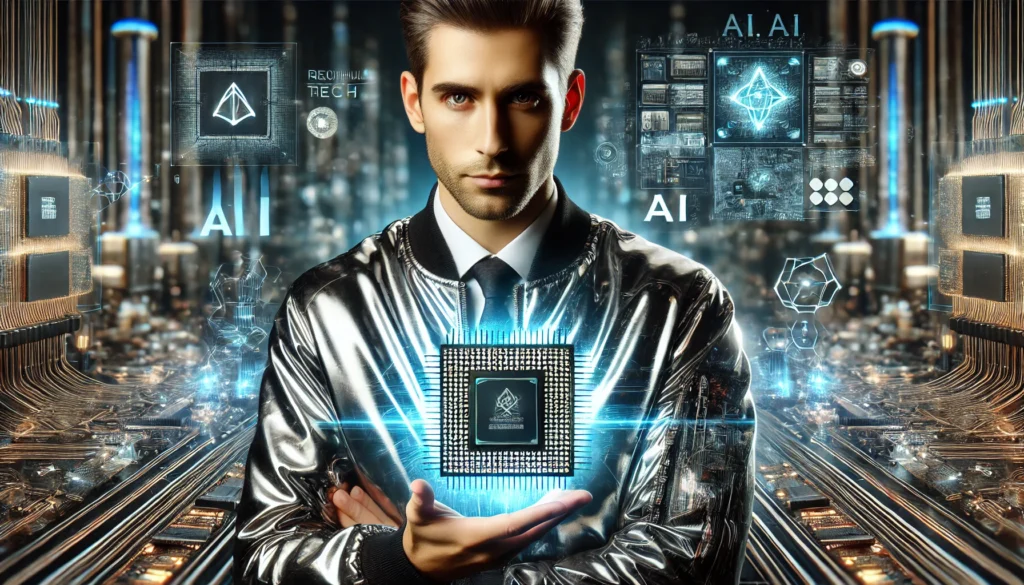2024 Tech Revolution: Forbes Predictions and Meta’s LCMS Evolution
Introduction 2024 is poised to be a transformative year in technology and innovation, with groundbreaking developments reshaping industries and how we interact with the digital world. Forbes has highlighted key predictions for the year, and one of the most intriguing advancements comes from Meta’s Leadership Content Management System (LCMS). This article unpacks these trends and explores what they mean for businesses and individuals navigating the tech-driven landscape. Key Trends and Predictions for 2024 The Rise of AI-Powered Ecosystems Forbes predicts that artificial intelligence will continue its meteoric rise, with businesses adopting AI-powered solutions across all sectors. From healthcare to retail, AI is enabling organizations to streamline processes, enhance decision-making, and deliver personalized experiences to customers. This trend aligns with the increasing demand for automation and smarter workflows. Sustainability as a Tech Priority Sustainability has moved from being a buzzword to a core strategy for companies worldwide. The integration of green technologies, such as energy-efficient data centers and renewable-powered cloud services, will see massive investments in 2024. Meta, for instance, has pledged to achieve net-zero emissions across its supply chain by 2030, reinforcing the industry’s shift toward eco-conscious innovation. The Metaverse Expansion The metaverse is set to evolve from a conceptual space to a functional, immersive ecosystem. Companies like Meta, Apple, and Microsoft are heavily investing in VR/AR technologies to create interconnected virtual environments for work, education, and entertainment. This growth will likely redefine how we socialize, collaborate, and even conduct business. Decentralized Finance (DeFi) Growth With the growing adoption of blockchain technologies, decentralized finance will continue to revolutionize the financial sector. From cryptocurrency to smart contracts, DeFi systems provide faster, cheaper, and more transparent alternatives to traditional banking, opening new avenues for global financial inclusion. Meta’s LCMS: Pioneering the Future of Content Management Meta’s Leadership Content Management System (LCMS) represents a significant leap forward in content creation and delivery. Designed to empower leaders and teams, the LCMS leverages AI and machine learning to: Enhance Collaboration: The LCMS enables seamless team collaboration by integrating real-time editing, feedback tools, and workflow automation. Optimize Content Delivery: Its predictive algorithms ensure content is tailored to audience preferences, maximizing engagement. Boost Productivity: By automating repetitive tasks, the LCMS allows creators to focus on strategy and innovation. These features make Meta’s LCMS a game-changer for industries reliant on content, such as marketing, education, and media. Why These Predictions Matter For businesses, staying ahead of these trends is essential for maintaining a competitive edge. Adopting AI-powered tools, investing in sustainable practices, and preparing for the metaverse can unlock new opportunities for growth and customer engagement. Practical Steps to Embrace 2024’s Trends: Evaluate your tech stack and identify areas for AI integration. Adopt green practices in your operations, like energy-efficient servers or paperless workflows. Start exploring virtual and augmented reality applications for your business. Educate your team on blockchain and DeFi technologies to stay ahead in the financial ecosystem. Conclusion 2024 is shaping up to be an exciting year of innovation, with Forbes’ predictions and Meta’s advancements in LCMS setting the stage for transformative changes. By embracing these trends, businesses can position themselves for success in an increasingly tech-driven world. For more insights into these topics, visit AI Minds or Meta’s official updates. Visual Enhancements To complement this article, consider adding: A graph illustrating the growth of AI-powered solutions from 2020 to 2024. A comparative chart showing projected DeFi market size versus traditional banking. An image showcasing Meta’s LCMS interface for a visual representation. By embedding these visuals, you enhance user engagement and provide readers with a richer understanding of the subject matter. Ready to innovate? Share your thoughts on these trends in the comments below or connect with us to explore how these technologies can transform your business!
2024 Tech Revolution: Forbes Predictions and Meta’s LCMS Evolution Read More »





